News
The Big P: The Lack of Full Frontal Male Nudity in Horror
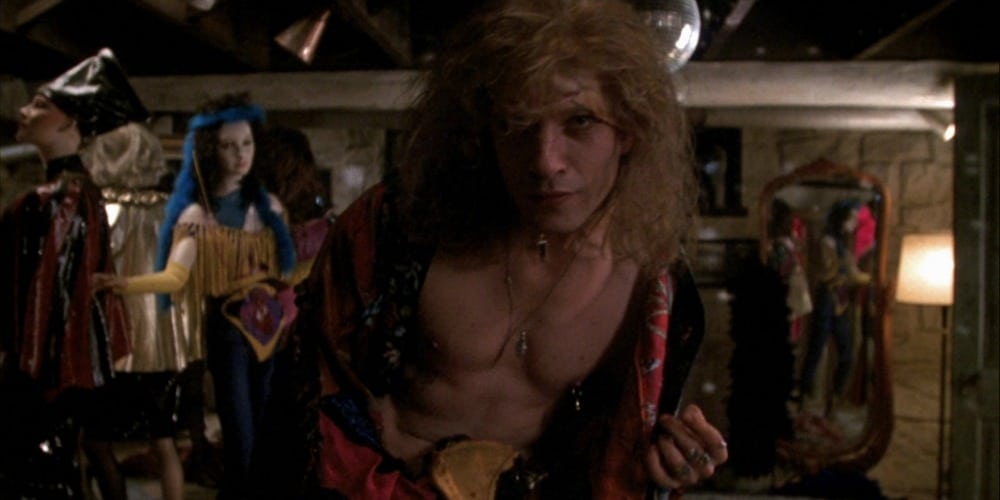
In his 2011 book How to Survive a Horror Movie, Seth Grahame-Smith notes:
“When the Devil has you at claw’s length, you need something shocking. Something dramatic. Something that will make the entire Terrorverse collapse in on itself. And there’s only one object with that much power: A Penis.”
When I first read that line I nearly laughed myself to death, but the next section got me thinking.
“Full frontal male nudity (P) does not exist in the Terrorverse (T),” the author explained. “Therefore, if P is present, T cannot be present. And if T is present, P cannot be present…It may seem like a juvenile response to a desperate situation. A sad attempt to mask fear with immature humor. Maybe it is. But would you rather die with dignity or live with nudity?”
There it was; a keen observation spelled out with humor and hidden in satire.
I have often pondered why full frontal male nudity is such a rarity in film. Even in horror, a genre known for pushing boundaries, female nudity is not only accepted but expected while the appearance of a penis almost never happens.
I wish that I could say it was shocking, but this precedent was set long ago and fostered by an entire industry.
In 1892, Thomas Edison created the first ever motion picture camera. By 1897, the first erotic film After the Ball by George Méliès had made its way to the screen featuring simulated female nudity, and only two years later, the first woman appeared fully nude on screen in Le Coucher de la Mariée.
It had taken just under seven years for women to be on full display in this daring new art form, and while dozens of erotically charged films were made in the following decade, it would be another 12 years before full frontal male nudity in the briefest of glimpses would follow suit in Francesco Bertolini’s terrifying, surreal adaptation of Dante’s Inferno.
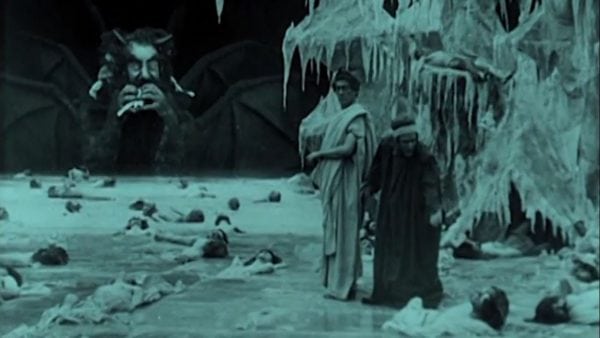
L’Inferno (1911) by Franceso Bertolini was the first film to include full frontal male nudity
As years went by, this disparity continued and the chasm between male and female nudity grew. The Hays Code for film “decency” came and went and by that time, the lines were clearly drawn.
The female form in its entirety was an object to be sexualized and eroticized at every opportunity, while the male form was locked away in obscurity and shadow except to prove his masculinity or in the use of the penis as either a joke or to shock the audience.
To paraphrase Australian comedian Hannah Gadsby, filmmakers had found a new way of creating flesh-vases for their dick-flowers.
Allow me to give you a real-life example.
Last year, I attended a crowded, highly-anticipated screening of Adam Green’s Victor Crowley at Nightmares Film Festival. In the film, Andrew (Parry Shen) was hosting a book signing, engaging in all-too-awkward conversation with fans.
A gorgeous, busty woman stepped up and asked him to sign her breast to the sound of more than a few appreciative whoops and whistles from the audience, which she eagerly shoved into his face. He licked his lips and nearly fell over himself taking his time with that signature.
After a few moments, she finally walks away to be replaced with an older gentleman who proceeded to pull his penis out of his pants, plop it on the desk, and ask for the same treatment.
For about 2.5 seconds, the audience sat in stunned silence before nervous giggles gave way to riotous laughter as Andrew backed away and stammered out a vehement refusal.
There it was. That audience and their reaction became a representative microcosm for horror audiences at large.
I have pondered this and similar reactions for a number of years.
I remember asking a film professor in college why male nudity, especially involving the penis, was so rare in film in general. In reply, he told me that the penis was an outward, inherently sexual organ so where women can be shown, fully nude, without ever including the actual sexual organs, men can not.
This answer partially mollified me as a student, but it only sent me looking for more answers.
It was clear to me that female nudity in film was predominantly about sexualizing those women. Every part of the anatomy has been re-purposed to appease and please the male gaze whether the “organs” are sexual or not.
This is not to say that men are never objectified in film. Certainly, anyone who has ever seen any of David DeCoteau’s gloriously decandent homoerotic films will agree. However, it always seems that more is required of a woman in her objectification.
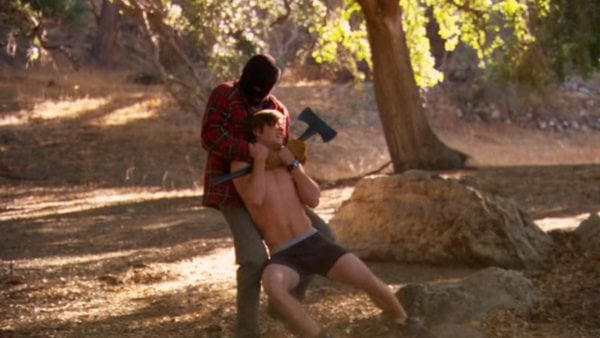
Director David Decoteau has often turned the male gaze to men rather than women placing male actors in situations reserved for women in the genre.
After all, for most men in film, all that’s required is baring their ass for the camera.
Don’t believe me? I’d like you to turn your attention to Brian de Palma’s 1976 classic Carrie, and more specifically that opening scene.
There they are. All of those high school students (whose characters would, for the most part, be underage even if the actresses were not) frolicking in the locker room and more than one fully exposed to the camera.
The soft pink lighting, which I’m almost positive was supposed to convey a dream-like innocence to the entire scene, did little to take away from the fact that a room full of women were completely naked and fully exposed to the cameras. If anything, it only heightened that feeling.
Flash forward to another locker room.
In 1985’s A Nightmare on Elm Street 2: Freddy’s Revenge, Jesse (Mark Patton) found himself trapped in a locker room by Coach Schneider (Marshall Bell). It’s pretty clear that Schneider intended to rape Jesse to anyone who is paying remote attention to what is going on here.
Jesse is tied up, completely at the coach’s mercy or so we think. It’s the coach, however, who, when totally naked, finds himself a victim. Yet, even in that most vulnerable moment in the shower, we only see him heavily shadowed or from behind.
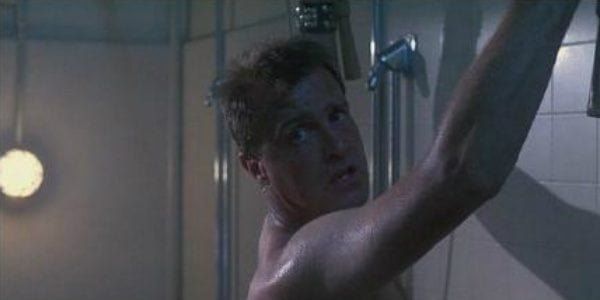
Coach Schneider (Marshall Bell) died a horrible death in the shower in A Nightmare on Elm Street 2: Freddy’s Revenge but even here full frontal male nudity was not required.
This is not to say full frontal male nudity is a complete stranger to genre filmmaking, but when it has happened, especially in the past, it seemed to be filmed through an entirely different lens than female nudity.
The first time I ever saw an actor fully nude for all the world to see was in 1981’s classic Ghost Story based on the novel by Peter Straub when Craig Wasson’s character plummeted to his death. I remember rewinding the VHS copy of the film to make sure that what I thought I saw was actually there.
And who can forget the shocking reveal that Angela had been male the entire time at the end of Sleepaway Camp?
In these instances there is no overt sexuality. Wasson’s penis was simply there as he flailed to his death and Angela’s was meant only to shock the audience. (Honestly, that’s only the beginning of my issues with the final scenes of Sleepaway Camp, but we’ll have to get into that in another article.)
This brings us to another point: a great deal of time when a man goes full frontal, especially in studio films, a prosthetic penis is used in place of the actor’s own member. As a matter of fact, there’s an entire business built around making these specialized prostheses.
Most studio execs, directors, actors, etc. will reassure you that it’s not due to lack of confidence on an actor’s part, but instead because they want a specific “look” for the film.
Seriously?
One has to question, in the face of this knowledge, how many women are offered a body double or really any other option to avoid being naked and fully exposed to a camera crew and later to the world audience?
In more recent years, the big P has begun to appear more often in more “art haus” and stylized horror films.
The demon Paimon was on full display, though again slightly in shadow, in this year’s Hereditary, and no few of his followers, both male and female, followed suit in the film’s final scene.
Likewise, anyone who has seen the recent Nicholas Cage film, Mandy, will be hard-pressed to forget Linus Roache opening his robe to offer Andrea Riseborough’s Mandy the privilege of having sex with him.
This was one of the closest examples I’ve seen to truly sexualized male frontal nudity. For the briefest of moment’s that familiar gaze, so often turned upon women, sees Roache fully.
One has to question if that’s the answer to this inequality, however.
Should men be required to bare all for the camera to balance this scale? Woudn’t it be more prudent to simply require less nudity from actresses in film? Is objectifying anyone okay?
I tend to believe that objectification is rarely justified. I’m not sure that in this case, however, actors don’t owe actresses a solid on this one. Perhaps it’s time for them to step up to the plate and put the P on display.
'Civil War' Review: Is It Worth Watching?
Follow our new YouTube channel "Mysteries and Movies" here.

Movies
‘Evil Dead’ Film Franchise Getting TWO New Installments
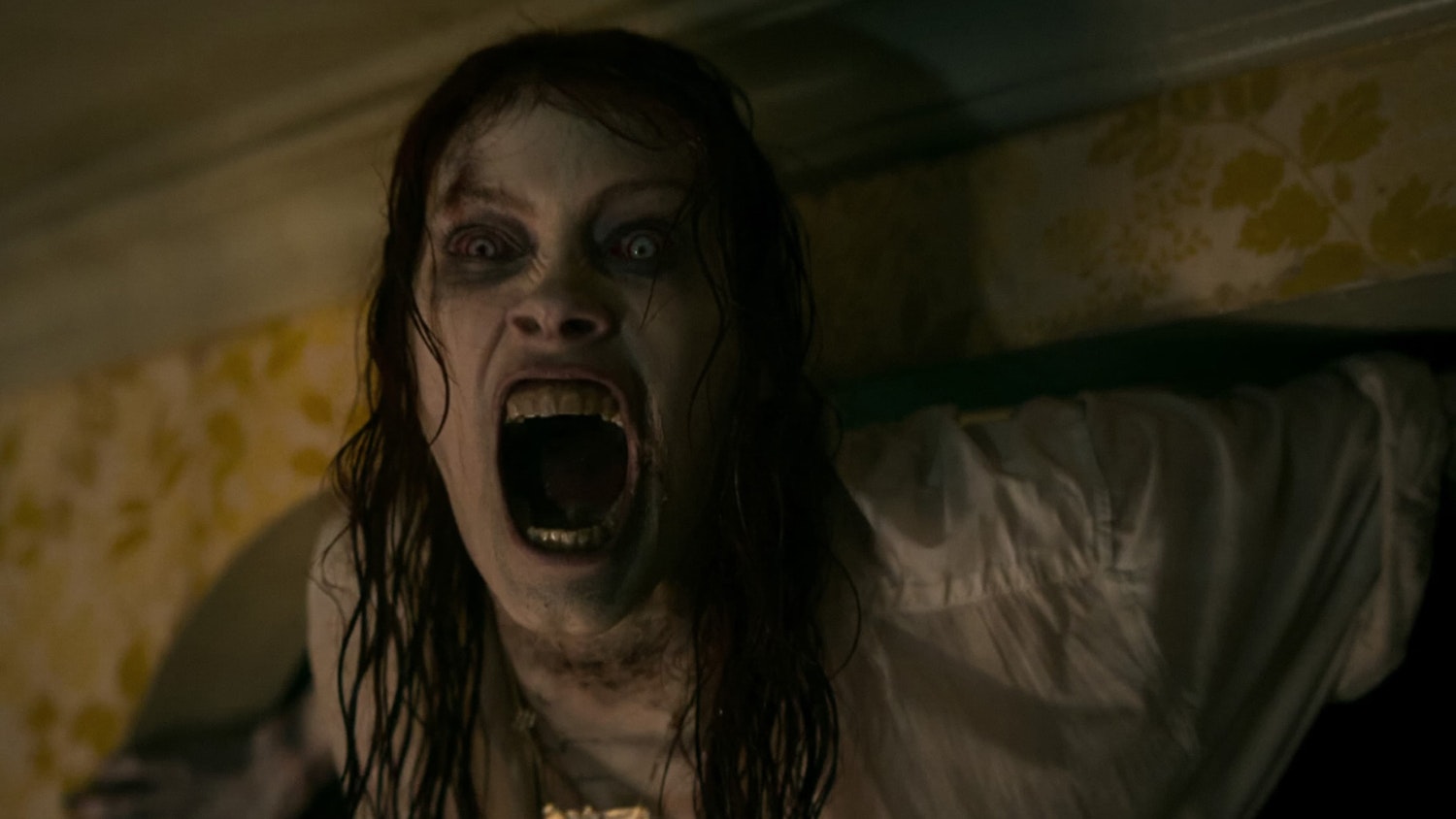
It was a risk for Fede Alvarez to reboot Sam Raimi’s horror classic The Evil Dead in 2013, but that risk paid off and so did its spiritual sequel Evil Dead Rise in 2023. Now Deadline is reporting that the series is getting, not one, but two fresh entries.
We already knew about the Sébastien Vaniček upcoming film that delves into the Deadite universe and should be a proper sequel to the latest film, but we are broadsided that Francis Galluppi and Ghost House Pictures are doing a one-off project set in Raimi’s universe based off of an idea that Galluppi pitched to Raimi himself. That concept is being kept under wraps.

“Francis Galluppi is a storyteller who knows when to keep us waiting in simmering tension and when to hit us with explosive violence,” Raimi told Deadline. “He is a director that shows uncommon control in his feature debut.”
That feature is titled The Last Stop In Yuma County which will release theatrically in the United States on May 4. It follows a traveling salesman, “stranded at a rural Arizona rest stop,” and “is thrust into a dire hostage situation by the arrival of two bank robbers with no qualms about using cruelty-or cold, hard steel-to protect their bloodstained fortune.”
Galluppi is an award-winning sci-fi/horror shorts director whose acclaimed works include High Desert Hell and The Gemini Project. You can view the full edit of High Desert Hell and the teaser for Gemini below:
'Civil War' Review: Is It Worth Watching?
Follow our new YouTube channel "Mysteries and Movies" here.
Movies
‘Invisible Man 2’ Is “Closer Than Its Ever Been” to Happening

Elisabeth Moss in a very well-thought-out statement said in an interview for Happy Sad Confused that even though there have been some logistical issues for doing Invisible Man 2 there is hope on the horizon.
Podcast host Josh Horowitz asked about the follow-up and if Moss and director Leigh Whannell were any closer to cracking a solution to getting it made. “We are closer than we have ever been to cracking it,” said Moss with a huge grin. You can see her reaction at the 35:52 mark in the below video.
Whannell is currently in New Zealand filming another monster movie for Universal, Wolf Man, which might be the spark that ignites Universal’s troubled Dark Universe concept which hasn’t gained any momentum since Tom Cruise’s failed attempt at resurrecting The Mummy.
Also, in the podcast video, Moss says she is not in the Wolf Man film so any speculation that it’s a crossover project is left in the air.
Meanwhile, Universal Studios is in the middle of constructing a year-round haunt house in Las Vegas which will showcase some of their classic cinematic monsters. Depending on attendance, this could be the boost the studio needs to get audiences interested in their creature IPs once more and to get more films made based on them.
The Las Vegas project is set to open in 2025, coinciding with their new proper theme park in Orlando called Epic Universe.
'Civil War' Review: Is It Worth Watching?
Follow our new YouTube channel "Mysteries and Movies" here.
News
Jake Gyllenhaal’s Thriller ‘Presumed Innocent’ Series Gets Early Release Date
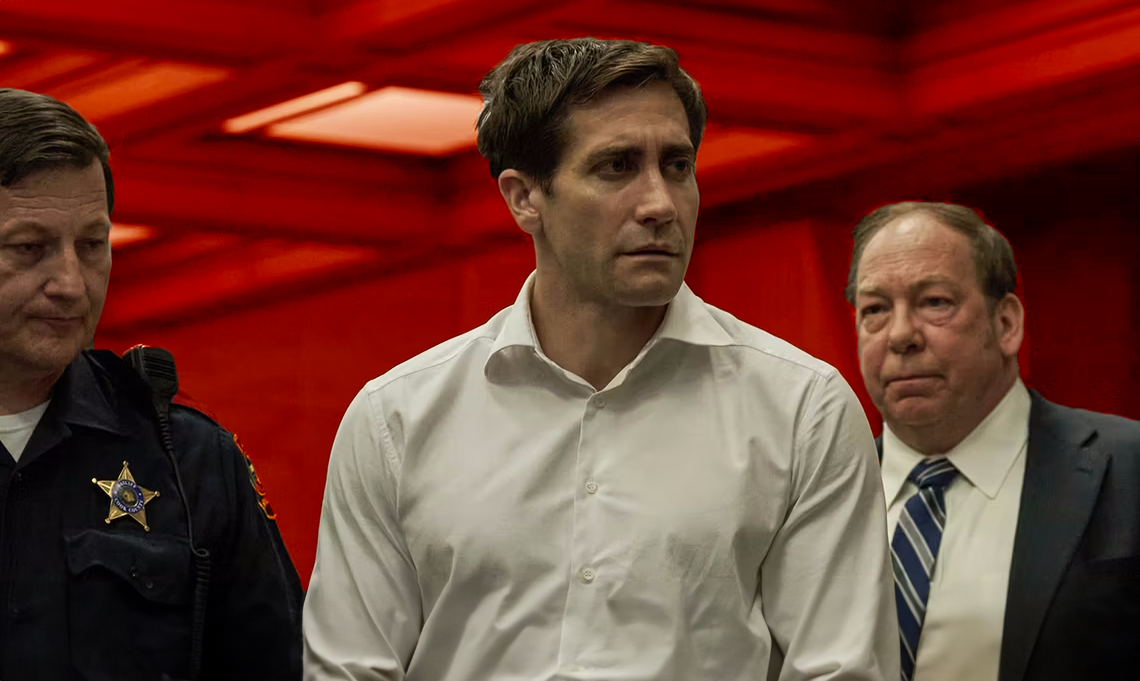
Jake Gyllenhaal’s limited series Presumed Innocent is dropping on AppleTV+ on June 12 instead of June 14 as originally planned. The star, whose Road House reboot has brought mixed reviews on Amazon Prime, is embracing the small screen for the first time since his appearance on Homicide: Life on the Street in 1994.
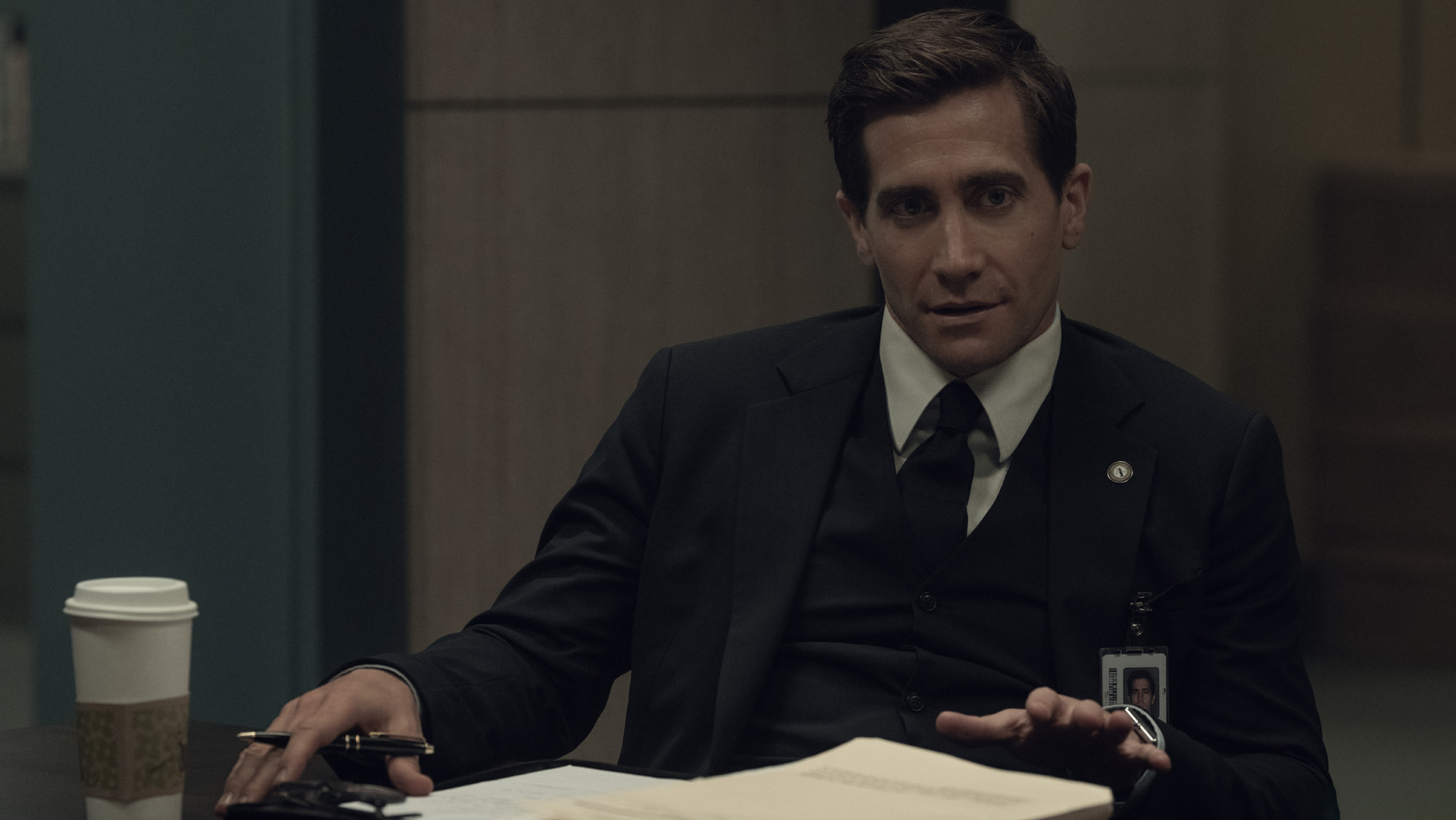
Presumed Innocent is being produced by David E. Kelley, J.J. Abrams’ Bad Robot, and Warner Bros. It is an adaptation of Scott Turow’s 1990 film in which Harrison Ford plays a lawyer doing double duty as an investigator looking for the murderer of his colleague.
These types of sexy thrillers were popular in the ’90s and usually contained twist endings. Here’s the trailer for the original:
According to Deadline, Presumed Innocent doesn’t stray far from the source material: “…the Presumed Innocent series will explore obsession, sex, politics and the power and limits of love as the accused fights to hold his family and marriage together.”
Up next for Gyllenhaal is the Guy Ritchie action movie titled In the Grey scheduled for release in January 2025.
Presumed Innocent is an eight-episode limited series set to stream on AppleTV+ starting June 12.
'Civil War' Review: Is It Worth Watching?
Follow our new YouTube channel "Mysteries and Movies" here.
-

 News5 days ago
News5 days agoOriginal Blair Witch Cast Ask Lionsgate for Retroactive Residuals in Light of New Film
-
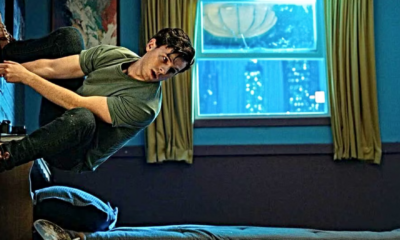
 Movies6 days ago
Movies6 days agoSpider-Man With a Cronenberg Twist in This Fan-Made Short
-
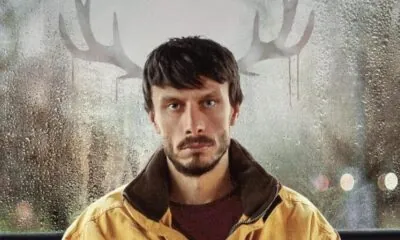
 News3 days ago
News3 days agoPerhaps the Scariest, Most Disturbing Series of The Year
-

 Movies4 days ago
Movies4 days agoNew F-Bomb Laden ‘Deadpool & Wolverine’ Trailer: Bloody Buddy Movie
-

 News4 days ago
News4 days agoRussell Crowe To Star in Another Exorcism Movie & It’s Not a Sequel
-

 Lists3 days ago
Lists3 days agoThrills and Chills: Ranking ‘Radio Silence’ Films from Bloody Brilliant to Just Bloody
-

 Movies4 days ago
Movies4 days ago‘Founders Day’ Finally Getting a Digital Release
-
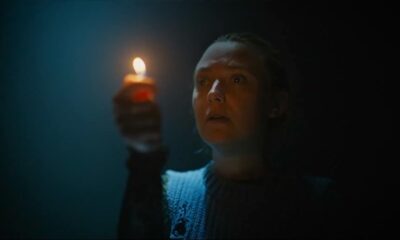
 Movies4 days ago
Movies4 days agoNew ‘The Watchers’ Trailer Adds More to the Mystery
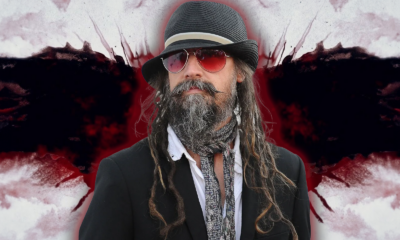

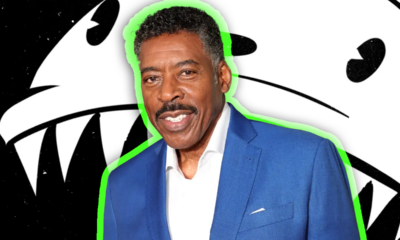

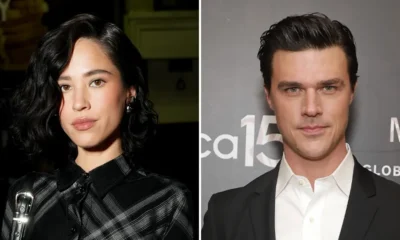
























You must be logged in to post a comment Login